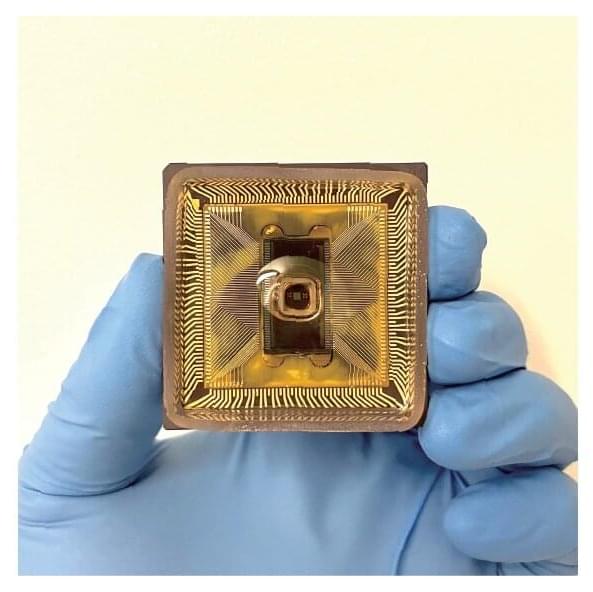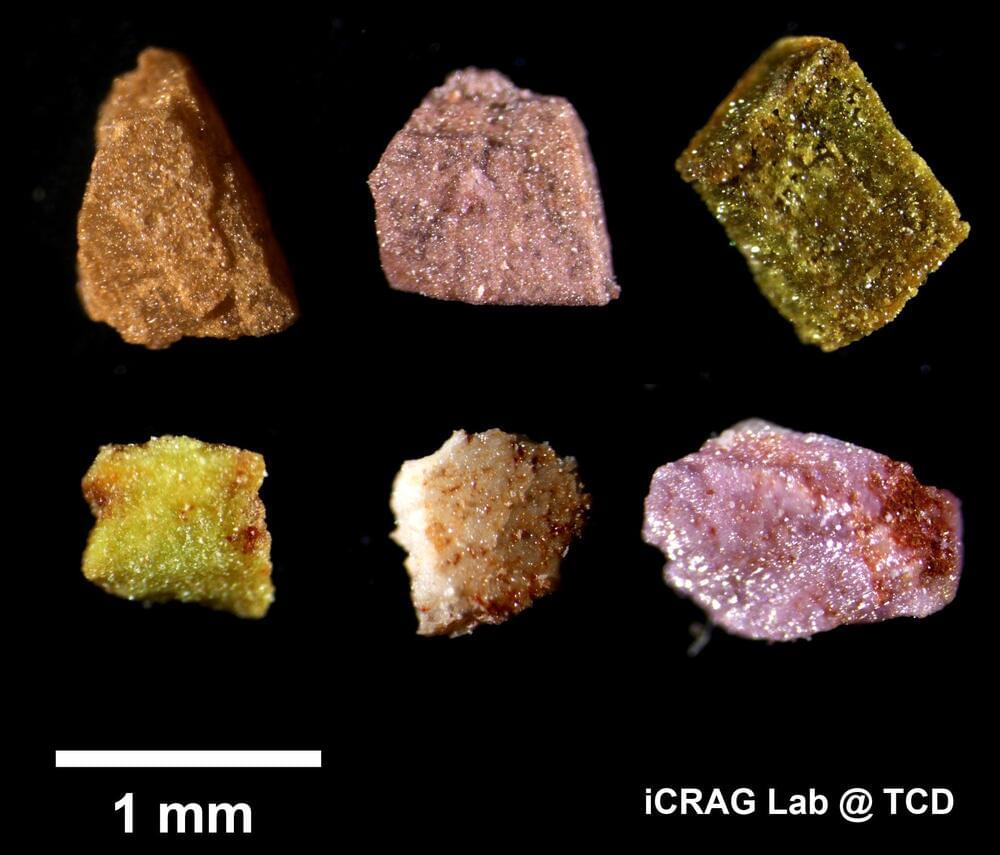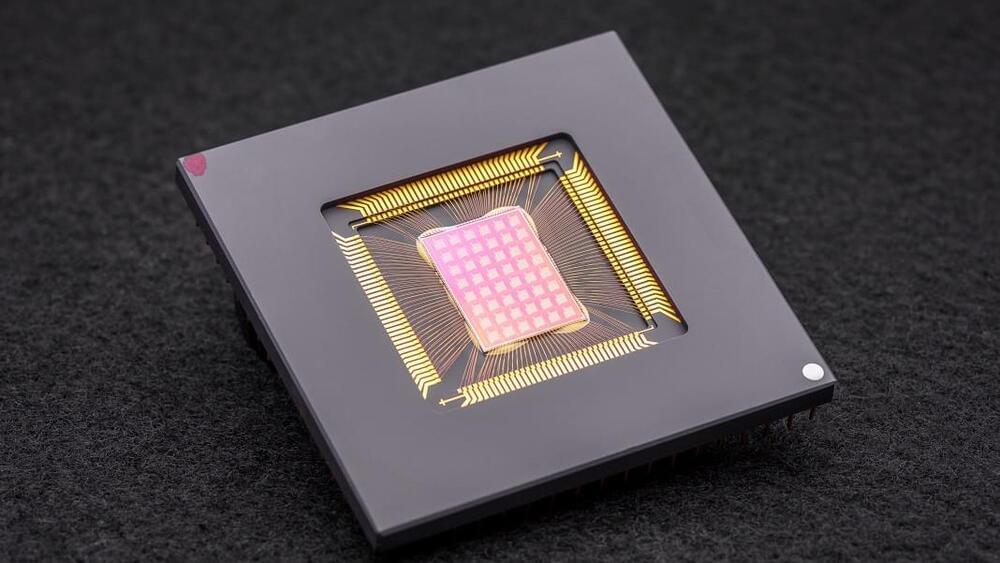Let your cargo follow you while you travel comfortably with the gita plus cargo carrying robot. Double the size of the gita mini robot, this robot comes with pedestrian etiquette. In fact, this robot is perfect for families who need larger cargo space, business owners, or anyone who wants an extra set of hands. The sleek design looks unique and one of a kind. In fact, this robot also has a built-in speaker. It allows you to use the mygita app to stream music from your smartphone. With the help of cameras and radar technology, this robot can see its surroundings and pair with its user. In fact, it takes just one tap for the gita plus to pair to you. It stands and self-balances, braking automatically when needed and adjusting its speed to keep pace along the way.





